YOGA ASANAS
Many societies, including the Brahmins in India, have segregated people who are menstruating and encouraged them to rest during this time. When women began doing yoga, they were likewise told to refrain from practice while menstruating.
Ashtanga yoga suggests a "ladies' holiday" for the length of one to three days. Most contemporary yoga methods acknowledge each person's right to make a choice about what kind of practice to do. This includes whether or not to practice inversions.
If you'd rather cuddle up with a heating pad during your period, that can be considered your yoga too.
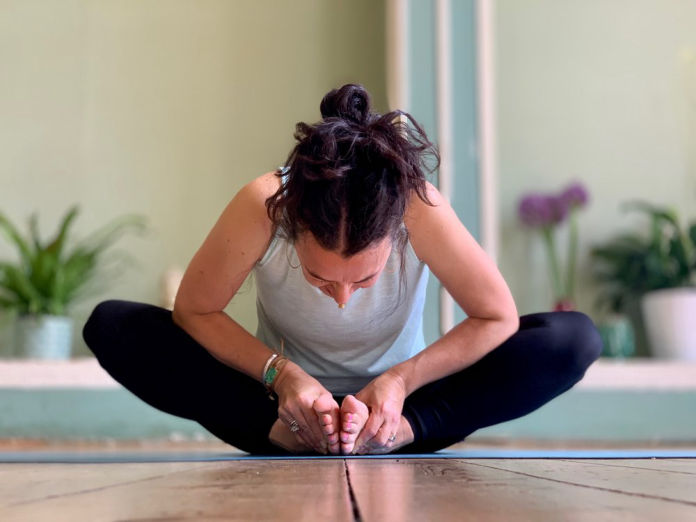
Cobbler's Pose
(Baddha Konasana)
Since the lower half of the body often feels heavy during menstruation, seated poses will be our focus. You may stay in each pose for up to several minutes, as is common in restorative classes.
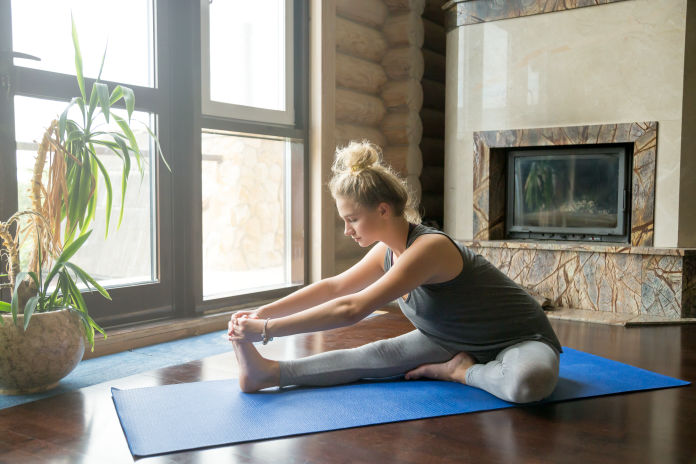
Head to Knee Pose
(Janu Sirsasana)
It stretches the hamstrings in a simple forward bend. It's an easy stretch that allows you to focus on one leg at a time and gently extend and lengthen your hips and groin.
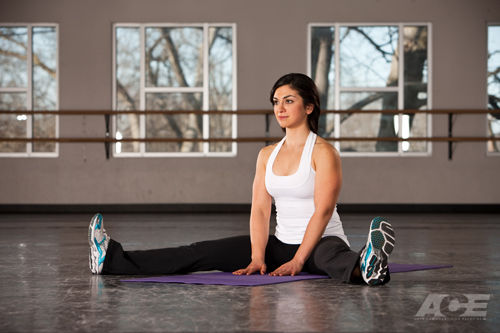
Seated Straddle (Upavistha Konasana)
You can go as deep as you like here or remain sitting upright. While you're menstruating, you might not reach your optimum depth in the bend and that's perfectly fine.
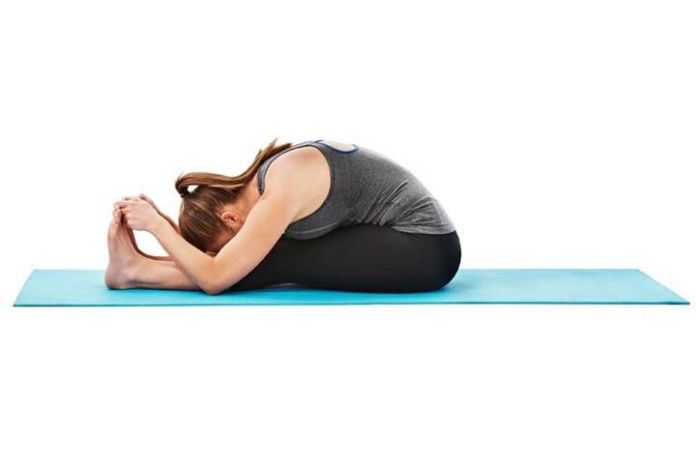
Seated Forward Bend (Paschimottanasana)
This goes deeper still in opening the hamstrings and calves. It also gives your back a nice stretch.
Be sure to follow your breath as you ease into this bend. Your period may be a good excuse to round your spine a little because it gives you a place to relax.
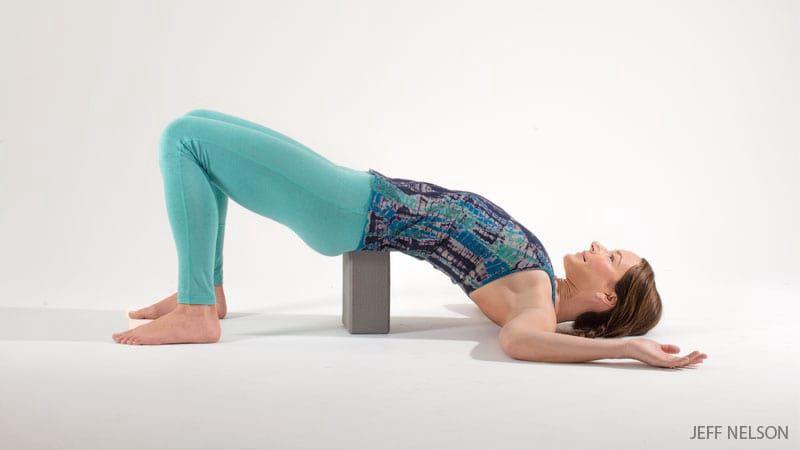
Supported Bridge Pose
This very gentle backbend can help relieve back pain associated with menstruation. Even if you typically use a higher level, it may be a good idea to stick with the shorter option on your yoga block right now as well.
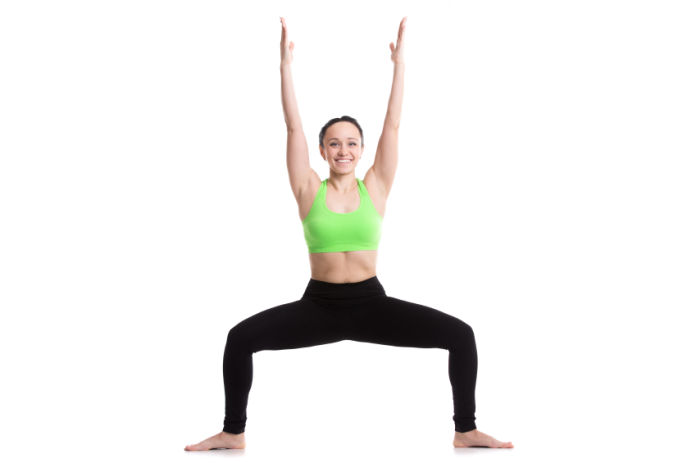
Goddess Pose (Supta Baddha Konasana)
You may notice that this is a reclined version of Cobbler's Pose, so we're back where we started.
Five to 10 minutes in a meditative state in Goddess Pose will leave you completely relaxed for the day ahead.